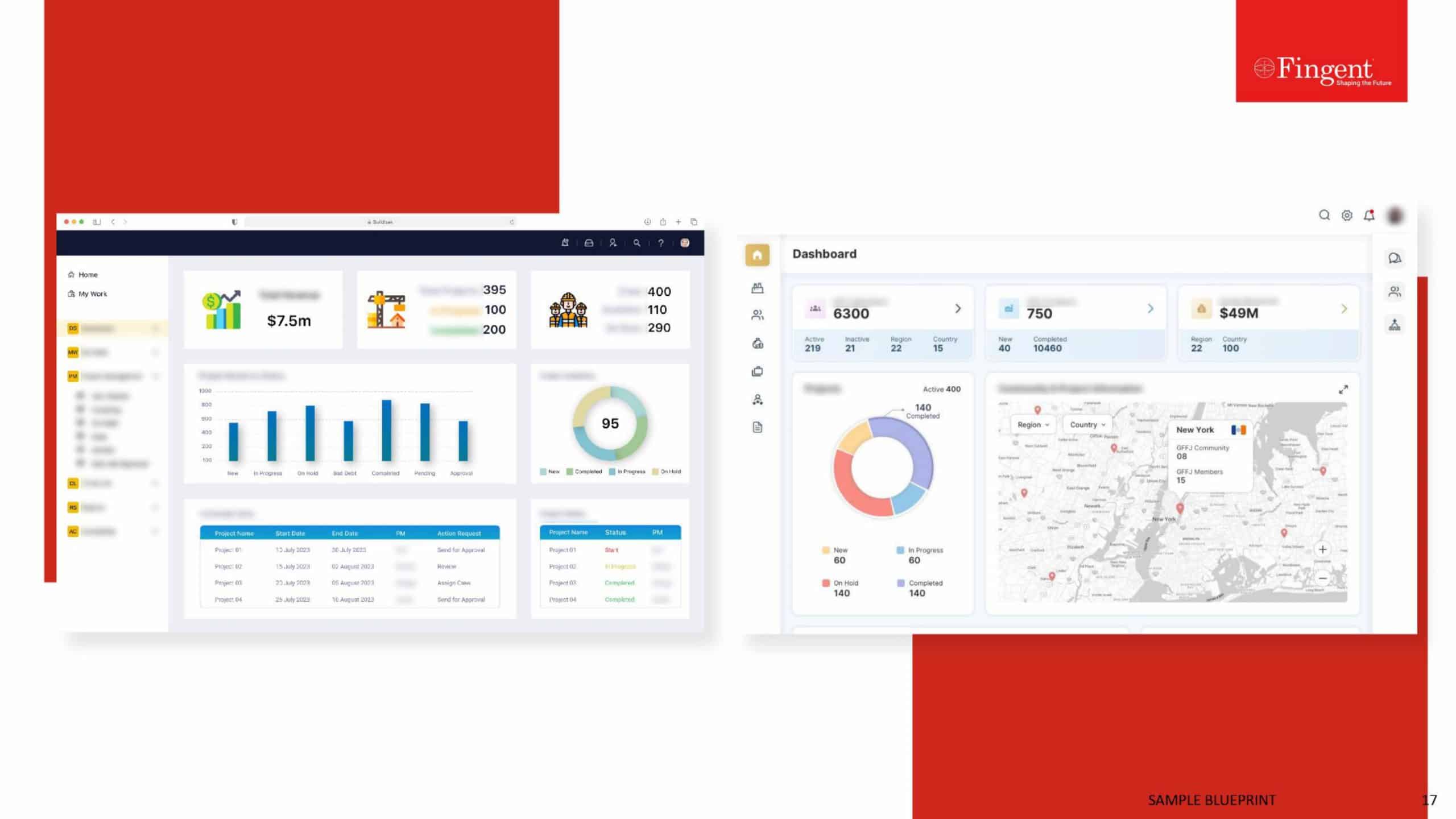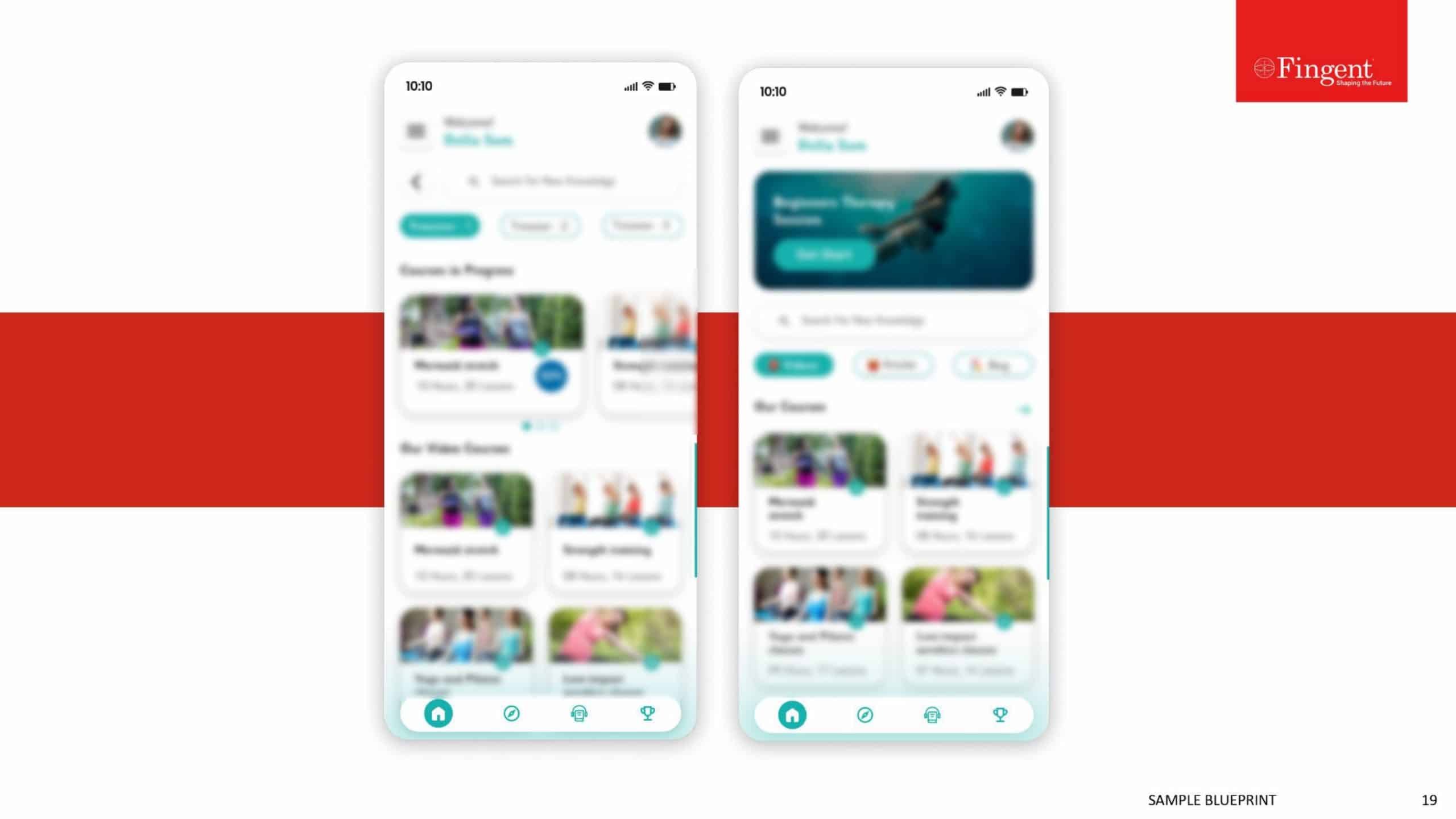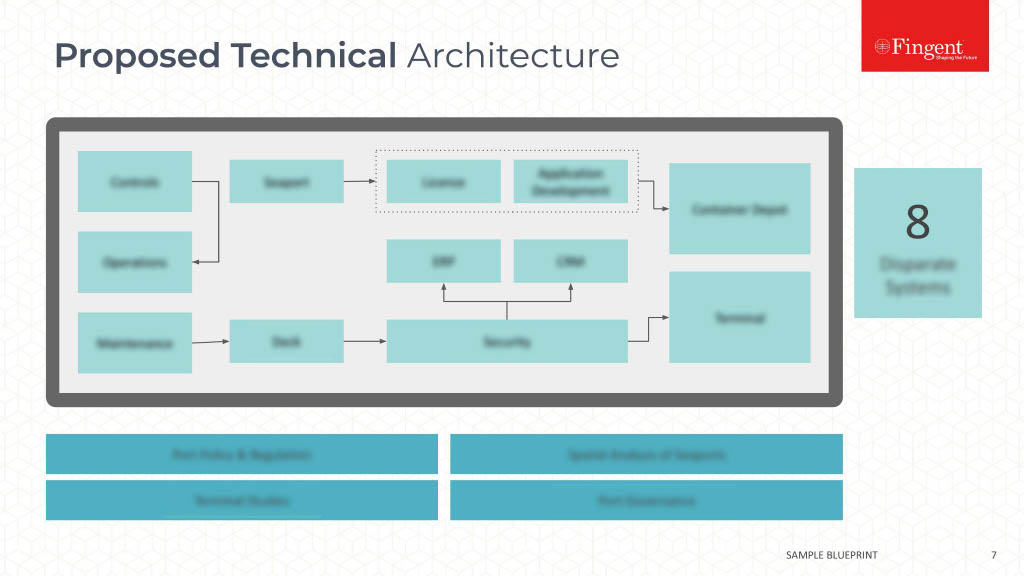
2003
Year of Establishment

100s
of Customers Worldwide

4.9/5
Customer Rating
How Fingent Helps
Enterprise growth creates significant challenges for internal IT departments as they need to handle a mix of legacy systems and cloud-based solutions to help their business perform better. It is important to maintain and upgrade your infrastructure without increasing overhead costs.
A scalable and agile infrastructure is critical for generating sustained business success. From enterprise cloud strategies to integrated server implementation, Fingent can help you create a robust foundation to run your business better. Our focus is to create a better user experience using a cognitive infrastructure.

Our Infrastructure Support Services
Enterprise Management Services
Infrastructure Assessment and Consulting
Application and Database Management
Network Management Service (Data & Voice)
Enterprise Management Services
We help strengthen the integration points across your organization so that you can take advantage of the growing data volumes and interactions among your various departments. We offer enterprise computing and cloud services, remote infrastructure management, and open source services.
Infrastructure Assessment and Consulting
Our services include IT infrastructure security, IT expenditure assessment, Total Cost of Ownership, green IT strategy & implementation, IT policies assessment, Disaster Recovery, business continuity planning, BYOD strategy, remote desktop management, onsite IT support, and IT helpdesk.
Application and Database Management
Fingent empowers you to navigate the challenges commonly experienced with enterprise application deployment and management. We help you improve your application performance by offering application and web server management, database administration and management, middleware services, and open source solutions and management.
Network Management Service (Data & Voice)
Fingent’s network management services are designed to help you get a better ROI on your IT investment. We offer network consulting, security and monitoring services, LAN and WLAN management, Life Cycle Management, network strategy, design, deployment and integration services, preventive management of risks and probable future issues.
Why innovate your business with us
Consistent high-quality results with a robust agile team and a dedicated QA practice
Highly cost-effective and best-of-breed solution with no last minute surprises
Transparent project management with maximum adherence to deadlines
Our Unique Approach & Process
By initiating your project with Fingent, you get a dedicated and skilled team backing you up round-the-clock. All our processes are customer-oriented, designed to reduce the cost of business operations, address IT resourcing challenges, and offer you a competitive edge. We start with a deep analysis of your requirements and continue our relationship with post-launch support and updates.
1
Research and Discovery
2
Validating and Shaping Idea
3
Design and Prototyping
4
Development
5
Testing and Quality Assurance
6
Maintenance and Support
Contact Us
Hundreds of futuristic businesses have derived strategic advantages from our transformative solutions.
The entire engagement was completely transparent and very systematic. It’s been an exceptional working experience.
Their team is completely committed to our success as a client, and they do that with their dynamic team.
They’ve also been great at meeting the needs of our timeframe versus theirs.
They go above and beyond what the typical developer interaction would be.
They were highly responsive to our needs.
We found their project management solid.
Reviews from engineers testify that their code was consistently solid and comprehensively documented.
I have been very pleased with Fingent Corporation’s user experience and design capabilities.
Fingent’s project team demonstrated passion and commitment throughout the dev cycle and it was very evident in their work.
They’re an honest company to deal with … they were always fair and reasonable.
FAQs
Network, storage, and computing are the three primary components of an Information Technology infrastructure.
Network infrastructure collectively refers to the hardware and software resources that enable network connectivity, communication, operations and management of an enterprise network. Network infrastructure facilitates communication between users, processes, applications, services and external networks and the internet.
IT infrastructure management refers to taking control of your organization’s IT environment and experience. It aims to advance the overall effectiveness of IT processes, policies, data, human resources, equipment, networking, and many other aspects that influence your IT. By managing your IT environment, you will be able to identify and keep track of the changes and updates needed for your systems and make smarter IT decisions that mitigate your risks. By taking IT infrastructure management seriously, you can limit or avert disasters and prevent major data loss or downtimes. With a robust IT infrastructure management plan, you can reduce costs and keep your productivity flowing.
The main difference between cloud computing and edge computing lies in how each one processes data. In cloud computing, data is stored, managed and processed on remote servers and data centers, usually over the internet. This leads to latency in information processing. Edge computing moves data processing to the edge of the network. It can process time-sensitive data without the need for a centralized data center by taking it closer to the end-user.
Hybrid cloud is a cloud computing environment that uses a mix of on-premises, private cloud and third-party, public cloud services with orchestration between the two platforms. An effective Hybrid cloud management platform helps you with improved analytics, optimized cost management, and increased efficiency. All operational concerns, gathering information on underutilized assets, making effective resource distribution, gaining visibility into budgeting and controlling of various cloud resources, and a multitude of benefits can be realized through hybrid cloud.
Remote Infrastructure Management (RIM) refers to the remote management of information technology (IT) infrastructure of an organization either entirely or in parts. This can include the remote management of both hardware and software of an enterprise such as workstations, desktops, laptops, notebooks, phones, servers, storage devices, IT security devices, database management, application support, proactive monitoring of server and network devices, service/ help desks, and so on.











































